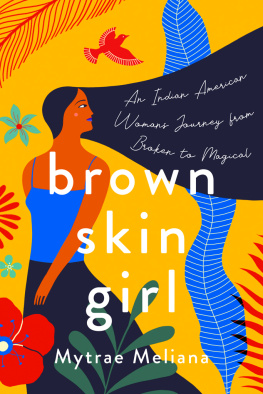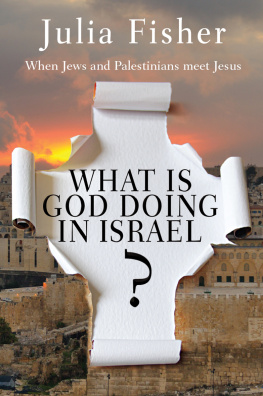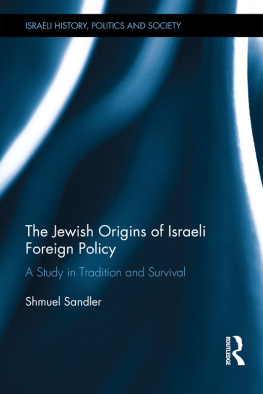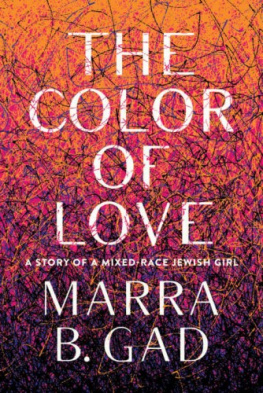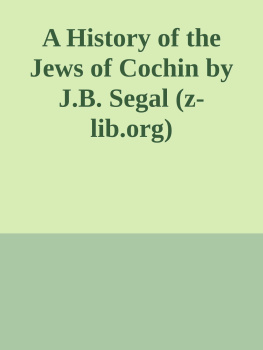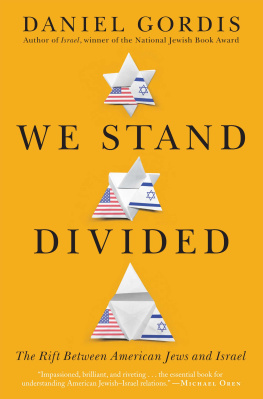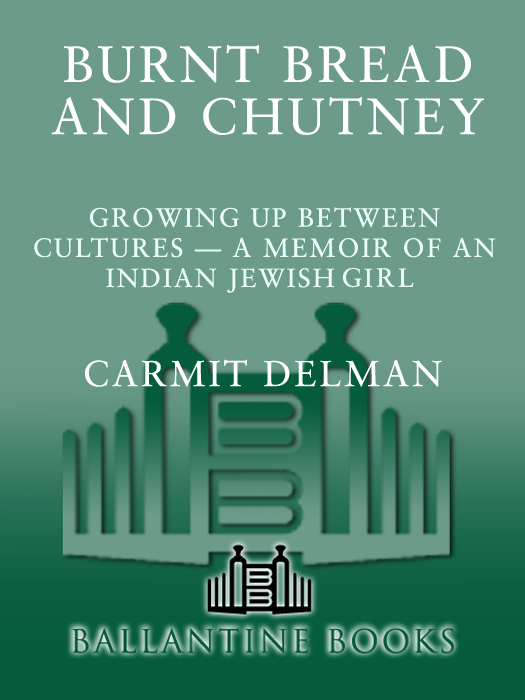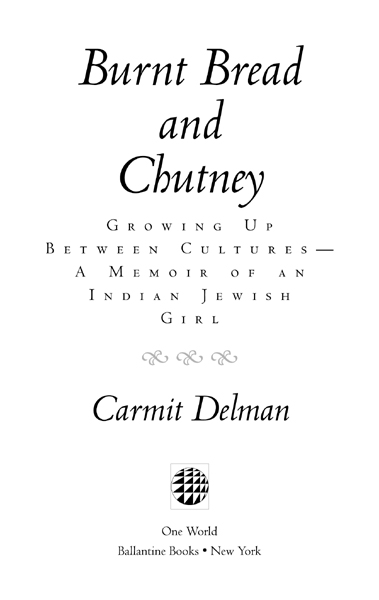Carmit Delman - Burnt Bread and Chutney: Growing Up Between Cultures--A Memoir of an Indian Jewish Childhood
Here you can read online Carmit Delman - Burnt Bread and Chutney: Growing Up Between Cultures--A Memoir of an Indian Jewish Childhood full text of the book (entire story) in english for free. Download pdf and epub, get meaning, cover and reviews about this ebook. year: 2009, publisher: Random House Publishing Group, genre: Non-fiction. Description of the work, (preface) as well as reviews are available. Best literature library LitArk.com created for fans of good reading and offers a wide selection of genres:
Romance novel
Science fiction
Adventure
Detective
Science
History
Home and family
Prose
Art
Politics
Computer
Non-fiction
Religion
Business
Children
Humor
Choose a favorite category and find really read worthwhile books. Enjoy immersion in the world of imagination, feel the emotions of the characters or learn something new for yourself, make an fascinating discovery.

- Book:Burnt Bread and Chutney: Growing Up Between Cultures--A Memoir of an Indian Jewish Childhood
- Author:
- Publisher:Random House Publishing Group
- Genre:
- Year:2009
- Rating:5 / 5
- Favourites:Add to favourites
- Your mark:
Burnt Bread and Chutney: Growing Up Between Cultures--A Memoir of an Indian Jewish Childhood: summary, description and annotation
We offer to read an annotation, description, summary or preface (depends on what the author of the book "Burnt Bread and Chutney: Growing Up Between Cultures--A Memoir of an Indian Jewish Childhood" wrote himself). If you haven't found the necessary information about the book — write in the comments, we will try to find it.
In the politics of skin color, Carmit Delman is an ambassador from a world of which few are even aware. Her mother is a direct descendant of the Bene Israel, a tiny, ancient community of Jews thriving amidst the rich cultural tableau of Western India. Her father is American, a Jewish man of Eastern European descent. They met while working the land of a nascent Israeli state. Bound by love for each other and that newborn country, they hardly took notice of the interracial aspect of their union. But their daughter, Carmit, growing up in America, was well aware of her uncommon heritage.
Burnt Bread and Chutney is a remarkable synthesis of the universal and the exotic. Carmit Delmans memories of the sometimes painful, sometimes pleasurable, often awkward moments of her adolescence juxtapose strikingly with mythic tales of her female ancestors living in the Indian-Jewish community. As rites and traditions, smells and textures intertwine, Carmits unique cultural identity evolves. It is a youth spent dancing on the roofs of bomb shelters on a kibbutz in Israeland the knowledge of a heritage marked by arranged marriages and archaic rules and roles. It is coming of age in Jewish summer camps and at KISS concertsand the inevitable combination of old and new: ancient customs and modern attitudes, Jewish, Indian, and American.
Carmit Delmans journey through religious traditions, family tensions, and social tribulations to a healthy sense of wholeness and self is rendered with grace and an acute sense of depth. Burnt Bread and Chutney is a rich and innovative book that opens wide a previously unseen world.
Carmit Delman: author's other books
Who wrote Burnt Bread and Chutney: Growing Up Between Cultures--A Memoir of an Indian Jewish Childhood? Find out the surname, the name of the author of the book and a list of all author's works by series.


